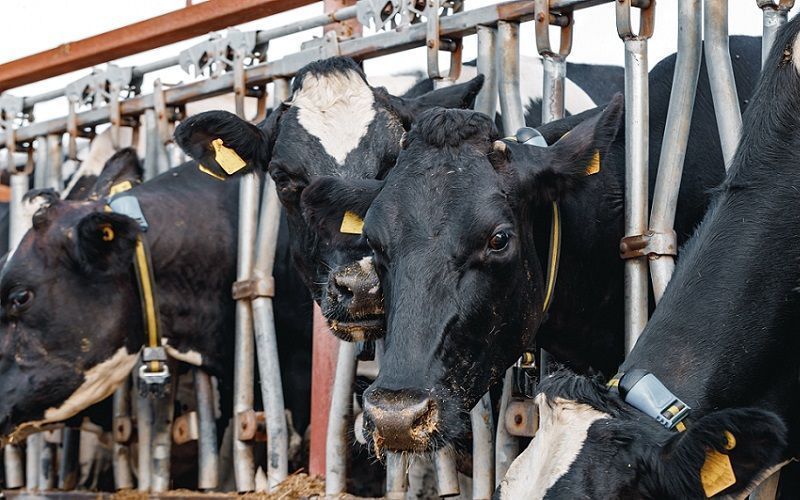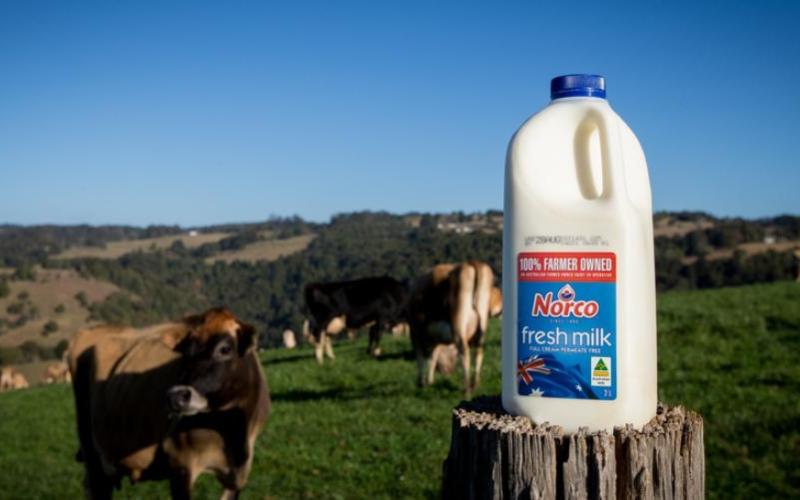Agriculture Secretary Urges Climate Action as U.S. Farms and Farmers Decline
Sourse: The DairyNews
The recently released Census of Agriculture reveals concerning trends as the number of American farms and farmers continues to decline, prompting Agriculture Secretary Tom Vilsack to advocate for climate action to reverse this trend. The report highlights the growth of carbon-intensive farms and large-scale animal operations, raising questions about the implications for the environment and rural communities.

In a presentation at the Department of Agriculture (USDA), Vilsack emphasized the decline in the number of American farms, dropping from 2,042,220 in 2017 to 1,900,487 in 2022. This decrease, coupled with a loss of farmed acres, has led to broader consequences, including the erosion of schools, businesses, and healthcare infrastructure in rural America.
Vilsack proposes addressing this decline by supporting agricultural methods with climate benefits, allowing farmers to earn income through climate-smart practices. He emphasizes the potential for farmers to qualify for ecosystem service market credits, providing additional income for environmental results achievable on the farm.
However, census data indicate that larger, carbon-intensive farms are expanding, and government support is primarily flowing towards more profitable operations. The Environmental Working Group (EWG) and Food & Water Watch analysis suggests that despite a decrease in the number of cattle, large-scale dairies and feedlots are on the rise, contributing to increased greenhouse gas emissions.
Critics argue that current agricultural policies disproportionately benefit larger farms, and the focus on climate action may not effectively address the fundamental challenges faced by farmers. Some advocate for fair compensation for farmers engaged in climate-smart practices rather than relying on additional income streams that may primarily benefit larger corporations.
As the Biden administration allocates significant funds to the USDA for climate and conservation programs, the Census of Agriculture underscores the need for a comprehensive approach that supports farmers, addresses climate challenges, and ensures a fair market for all players in the agricultural sector.
Vilsack proposes addressing this decline by supporting agricultural methods with climate benefits, allowing farmers to earn income through climate-smart practices. He emphasizes the potential for farmers to qualify for ecosystem service market credits, providing additional income for environmental results achievable on the farm.
However, census data indicate that larger, carbon-intensive farms are expanding, and government support is primarily flowing towards more profitable operations. The Environmental Working Group (EWG) and Food & Water Watch analysis suggests that despite a decrease in the number of cattle, large-scale dairies and feedlots are on the rise, contributing to increased greenhouse gas emissions.
Critics argue that current agricultural policies disproportionately benefit larger farms, and the focus on climate action may not effectively address the fundamental challenges faced by farmers. Some advocate for fair compensation for farmers engaged in climate-smart practices rather than relying on additional income streams that may primarily benefit larger corporations.
As the Biden administration allocates significant funds to the USDA for climate and conservation programs, the Census of Agriculture underscores the need for a comprehensive approach that supports farmers, addresses climate challenges, and ensures a fair market for all players in the agricultural sector.














